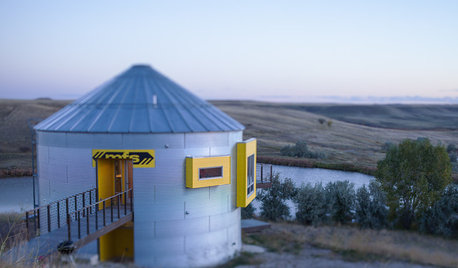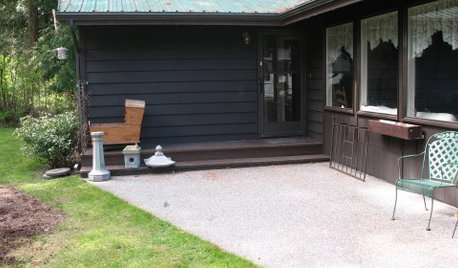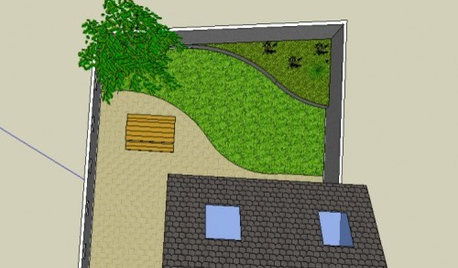Hey all! New to the site, and soon to be a noob vermicomposter! That said, I think I'm electing to go with European Nightcrawlers as opposed to Red Wigglers, and since I hear these larger specimens are a little more likely to potentially escape, I have a few proactive questions about my upcoming homemade bin design.
Anyway - I've been looking around the web and see that a lot of people utilize inexpensive Rubbermaid storage bin containers set into one another for multi-tiered bins like I want. However, since these aren't necessarily "airtight" when stacked inside one another, presumably with space around the edges, I'm not sure they would suit my purposes well with the above worms and concerns. As such, I was considering a different approach...
Basically, I was considering utilizing the same type of Rubbermaid containers (albeit maybe a lower profile type), but instead of removing the lids and placing each one within another, leaving the lids ON and aligning and stacking the bins on top of one another to drill the migration holes through both the bottom of each bin and the lid below it at the same time. I could then flip the next container, flip the pre-drilled lid onto the bottom of it, use the holes in the lid as pilots for the next bin, and so on, and so forth.
Basically, all the holes in the bottom of all the bins and all the lids would line up and (theoretically) be interchangeable to accommodate swapping levels, but I would be able to utilize the entire volume of each bin for bedding and material instead of just the bottom fraction of each bin. Additionally, even if the lids weren't lockable or "airtight", the weight of each successive bin would keep the lid tight on the bin below it.
Opinions? Thanks in advance!
This post was edited by dzignr_tastz on Fri, Apr 25, 14 at 18:16
















pskvorc
equinoxequinox
Related Professionals
Alpharetta Landscape Contractors · Hilo Landscape Contractors · Lorain Landscape Contractors · Midland Landscape Contractors · Peachtree City Landscape Contractors · Pikesville Landscape Contractors · Wareham Landscape Contractors · West Orange Landscape Contractors · Markham Landscape Contractors · Salem General Contractors · Claremont General Contractors · Eatontown General Contractors · Klahanie General Contractors · Leominster General Contractors · Norman General Contractorssbryce_gw
equinoxequinox
pskvorc
sbryce_gw
chuckiebtoo
pskvorc
barbararose21101
pskvorc
dzignr_tastzOriginal Author
mendopete
pskvorc
chuckiebtoo
Niivek
dzignr_tastzOriginal Author
sbryce_gw
dzignr_tastzOriginal Author
sbryce_gw
sbryce_gw
dzignr_tastzOriginal Author
dzignr_tastzOriginal Author
pskvorc
equinoxequinox
pskvorc
sbryce_gw
sbryce_gw
dzignr_tastzOriginal Author
dzignr_tastzOriginal Author
equinoxequinox
Jasdip
dzignr_tastzOriginal Author
sbryce_gw
pskvorc
mendopete
pskvorc
sbryce_gw
dzignr_tastzOriginal Author
11otis
dzignr_tastzOriginal Author
mendopete
11otis
pskvorc
dzignr_tastzOriginal Author
sbryce_gw
mendopete
equinoxequinox
dzignr_tastzOriginal Author
dzignr_tastzOriginal Author
mendopete